Building a Lasting Brand: The Key Elements of Crafting Your Identity
Imagine being in a busy marketplace surrounded by hundreds of choices. Among them, you have one product that attracts your attention. You get distracted unknowingly by it possibly because of its bright colors, sleek packages, or the familiar logo of that company. Well, this is not just an accident; this is exactly what brand identity can do for a product.
In a world where everyone is seeking to get ahead in business, having an exceptional brand identity is necessary. The core is here: to stand out is to be trusted, and to be trusted is to have customers. But what is a brand identity, and why does it matter to businesses today? Dive deeper into this vital part of business success.
Brand Identity
Brand Identity is the visual, verbal, and emotional elements by which a business is identified to be different or unique. The way a company presents itself before the world as well as what the customer or consumer thinks or perceives from the brand; it’s all about more than just a name or a sign. Brand identity includes colors, typography, message, tone, and even other aesthetics that evoke a particular identity in the consumer‘s mind as unique and alike.
Why Brand Identity Matters
Brand identity is the manner in which your business communicates with customers and helps you stand out from the crowd. Here’s why it’s important:
Differentiation: A good brand identity differentiates your business in the marketplace and helps create a distinct presence.
Consistency: Branding across the board in every channel strengthens the brand and leads to customer interaction.
Trust and Believability: Consistent branding gives the consumer the trust they need in a business, making your business appear reliable and professional.
Emotional Connections: A strong identity creates loyalty through an emotional connection with your audience .
Memorability: A distinctive identity makes your brand memorable and preferable over that of the competitors.
Key Brand Identity Elements
Creating a great brand identity includes the following critical elements:
Logo: The graphic icon of the brand.
Color Palette: The set of colors that elicit feelings and meanings.
Typography: The selection of fonts that capture the personality of the brand.
Imagery and Design Style: Visual components, including photography, illustrations, and layouts, that create a cohesive look.
Tone of Voice and Messaging: The voice of a brand and how it speaks, including the language and the key messages.
Brand Story: The story that communicates the brand’s mission, values, and purpose.
How to Develop a Strong Brand Identity
Plan research: Understand the market, your competitors, and what the customer wants to define a point of differentiation. This way, with proper research, there is a greater chance that your brand identity would resonate well with your target audience and differentiate your brand from other brands.
Business goals: Define what you want your brand to achieve and how it should be perceived. Long-term goals and missions should be integral while defining brand identity to maintain consistency in all aspects of your business.
Identify customers: Determine who your customer base is, and understand their needs, wants, and values in order to brand them.
Determining personality and message: When developing the tone of voice and your overall message, you ensure that it’s supported by the character of your brand. Authentic communication will be consistent with your brand’s core values.
Develop a logo: Your logo should be unique, attention-grabbing, and distinctive for your brand identity. An excellent logo can serve as a solid foundation to the visual identity of your company, and this must be usable in various different applications.
graphic elements: Use colors, fonts, and imagery that will deliver a consistent and compelling brand style. Each must make the emotions and tell the story you have in mind about your brand.
Create your slogan: A good slogan is catchy and meaningful. A great slogan should make sense and be a bit easy to remember for the masses. The slogan reflects the values and promises of the business.
Determine your tone: Your style of communication must be consistent in all the communication channels. It could be formal or friendly, but your message tone should reflect your brand’s personality and connect well with your target audience.
Brand identity is the heart of how a business presents itself and connects with its audience. More than giving a brand a nice visual, clearly defined identity builds trust, loyalty, and emotional connection. By putting effort into creating a good and consistent brand identity, businesses will be able to instill this in their mindsets and portray such impressions to customers, making it tangible and sustainable for years to come.

